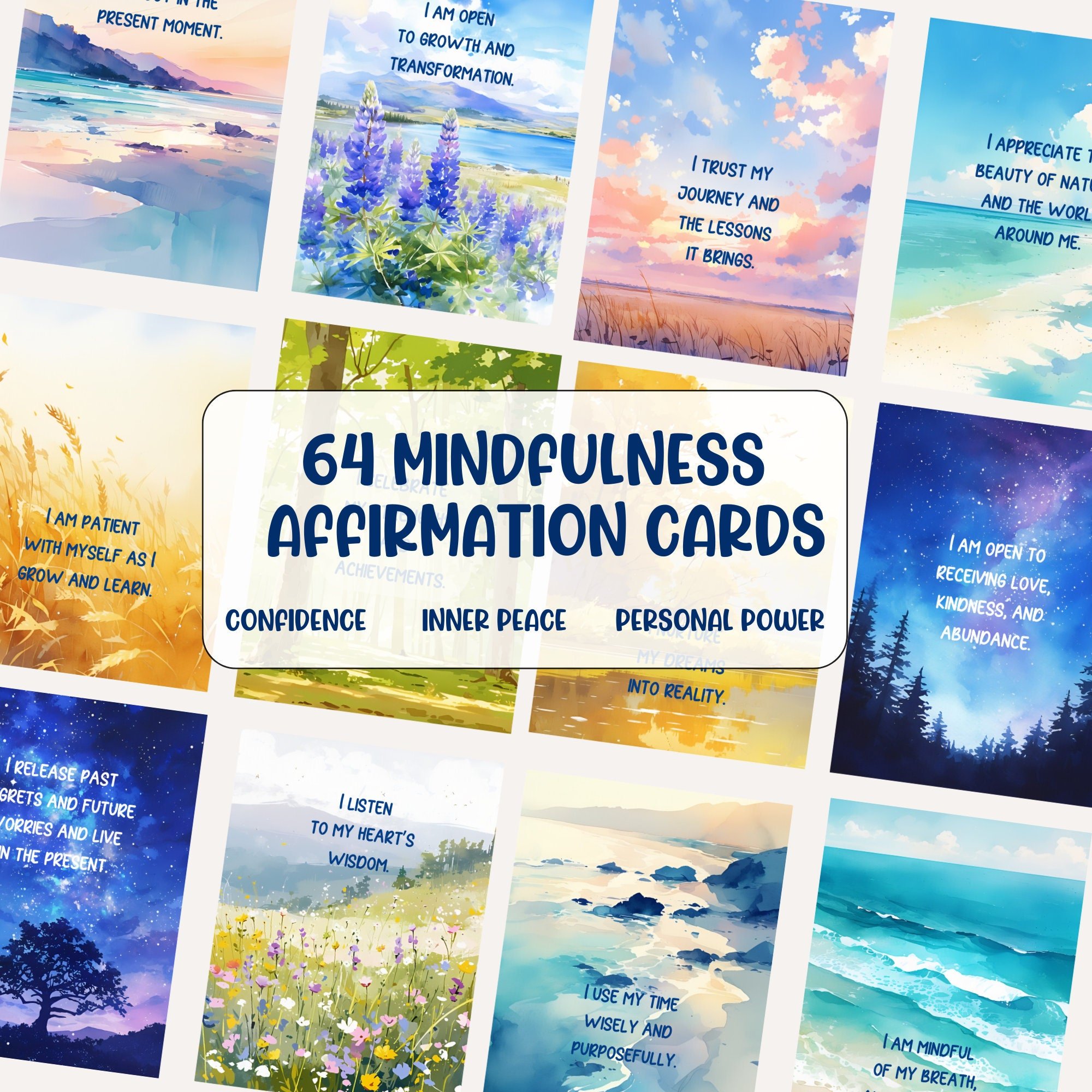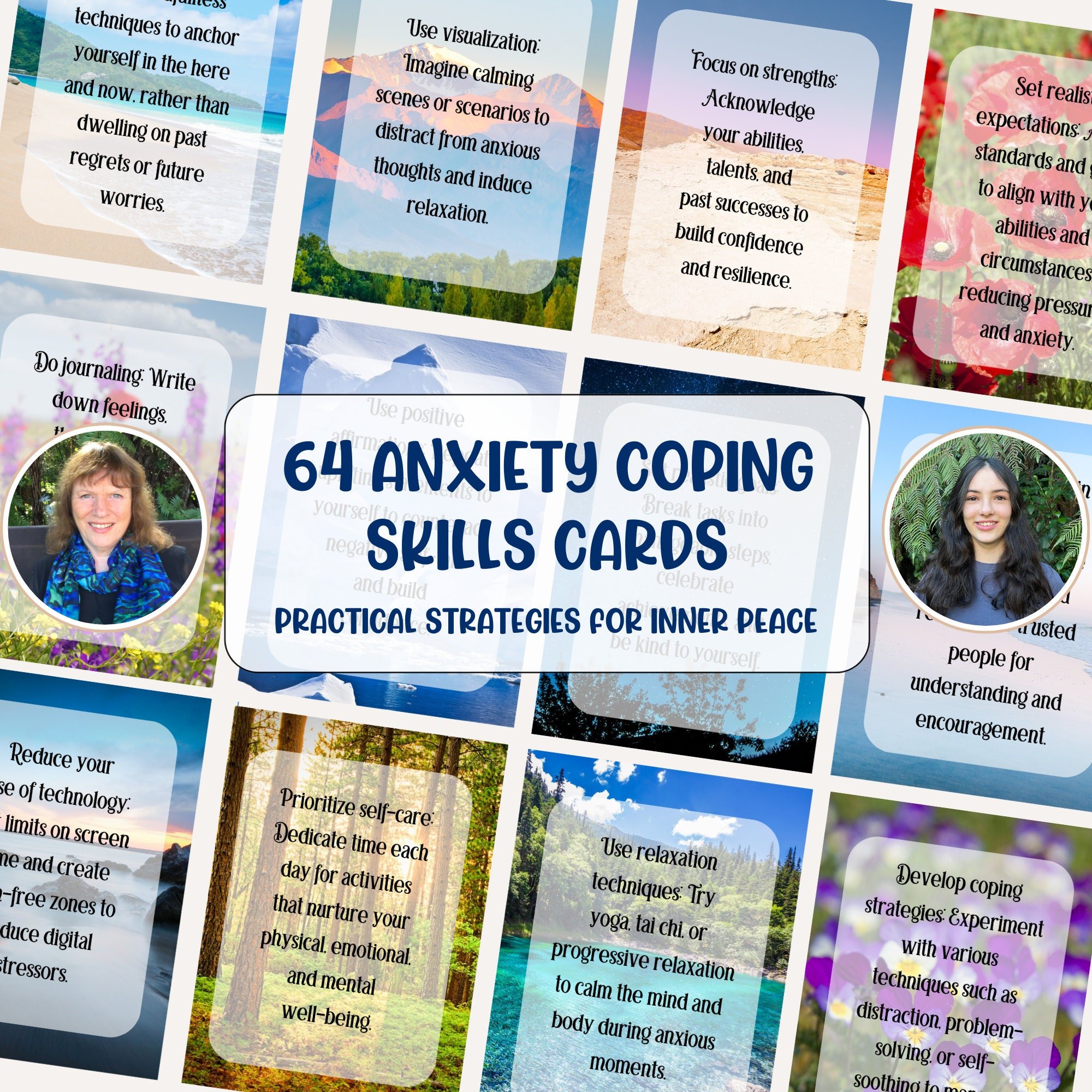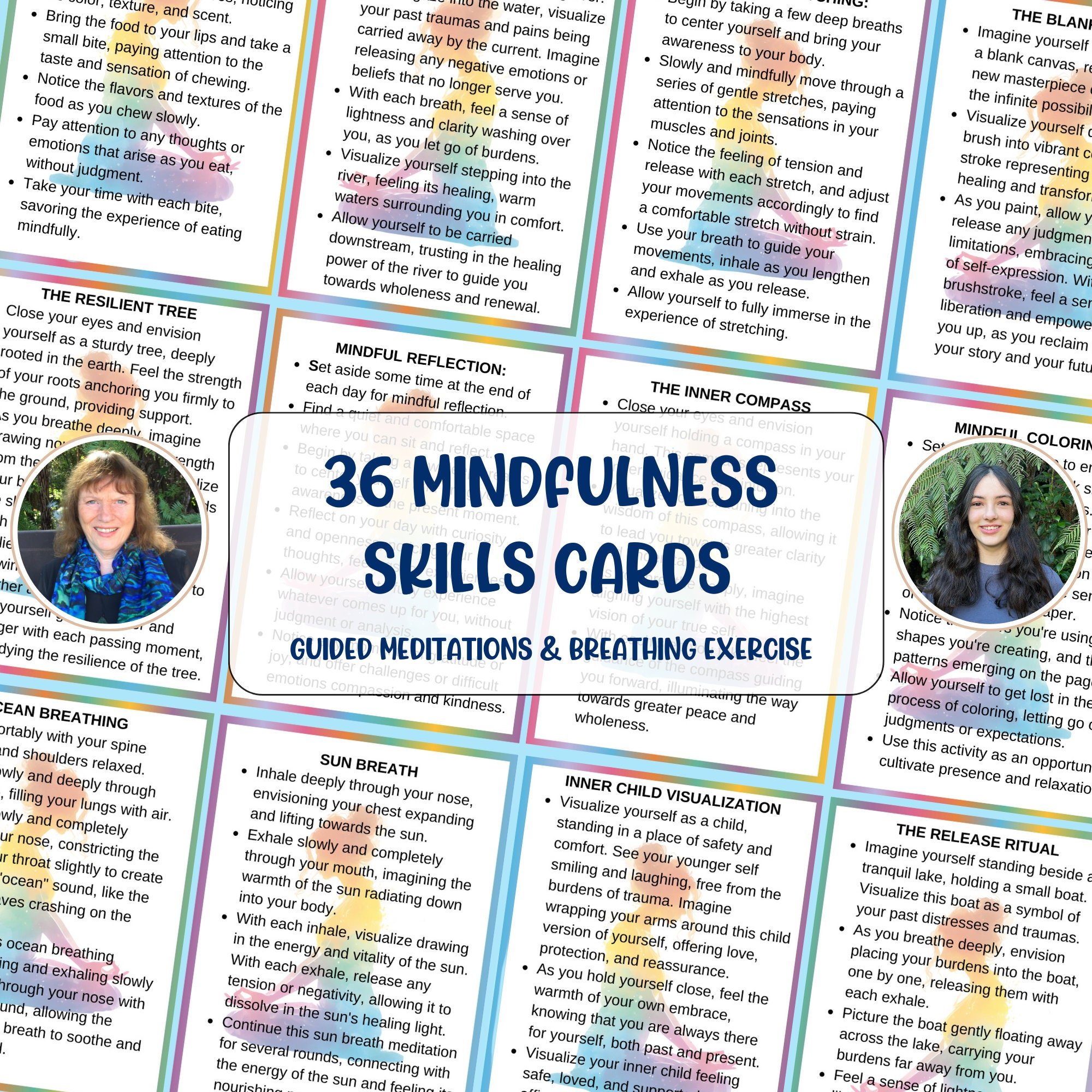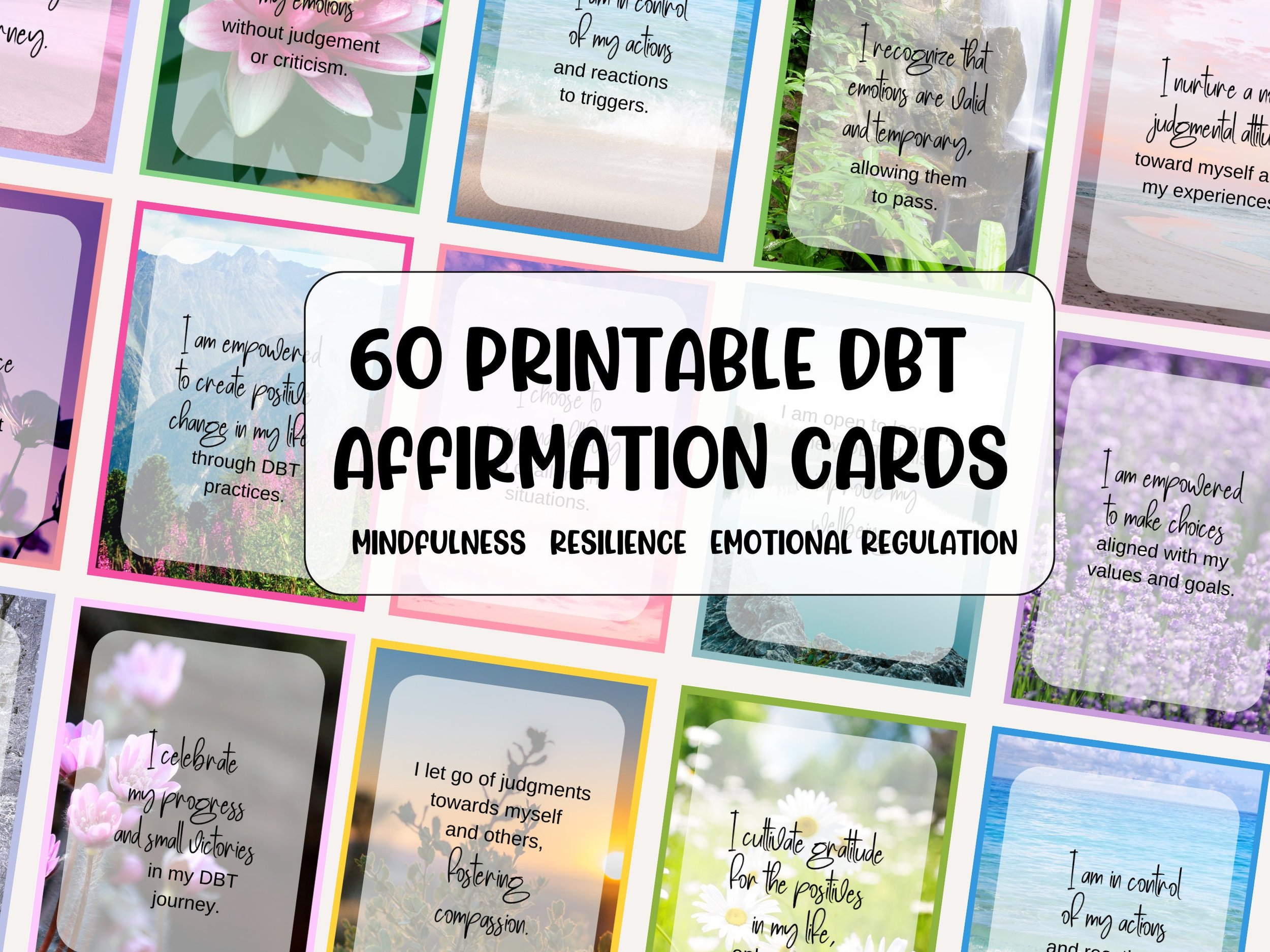Somatic Practices That Help You Feel Safe in Your Body Again
When you’ve been through trauma, anxiety, or prolonged stress, it can feel like your body is no longer a safe place to be. You might feel disconnected, shut down, or on constant alert. This isn’t weakness—it’s your nervous system doing its best to protect you. The good news is that with gentle, consistent support, you can begin to feel grounded, safe, and at home in your body again.
This is where somatic practices come in. Somatic simply means “of the body,” and these practices focus on shifting how you feel in your body—not just how you think in your mind. They’re powerful tools for trauma recovery, nervous system regulation, and cultivating resilience.
Why Somatic Practices Matter
When stress or trauma overwhelms you, your body often holds onto the tension long after the event has passed. Tight shoulders, shallow breathing, a racing heart, or gut discomfort are all ways your body signals it’s not at ease. Somatic practices work by gently teaching your nervous system that it’s safe to relax, reset, and reconnect.
Instead of forcing change, somatic practices are about inviting safety back in. They allow you to reconnect with your breath, release held energy, and build a new sense of inner trust.
Somatic Practices You Can Try Today
Here are a few gentle practices that can help you feel safe in your body again:
1. Grounding Through Your Senses
Pick one sense—sight, sound, smell, taste, or touch—and notice it fully. For example, place your feet firmly on the floor and pay attention to the pressure, warmth, and texture beneath you. This simple act signals safety to your nervous system.
2. Gentle Movement
Slow stretching, swaying, or shaking out your arms can help release tension. The key is to move in a way that feels nourishing, not forced. Even five minutes of mindful movement can make a difference.
3. Breathwork for Calm
Place a hand on your chest and another on your belly. Take slow, deep breaths, focusing on expanding the belly first. This activates the vagus nerve and signals your body that you are safe.
4. Safe Touch
Place your hand gently over your heart, or hug your shoulders. Physical touch, even from yourself, can create feelings of comfort and connection.
5. Orienting to Safety
Look around the room slowly, noticing colors, shapes, and objects. This practice reminds your nervous system that you are here, now—and that in this moment, you are safe.
Support Tools for Your Healing Journey
Healing takes practice, and it’s not always easy to remember what to do in the moment. That’s why having simple, supportive tools can be so helpful.
Somatic Therapy Practice Cards – A pocket-sized set of practices you can use anytime to ground, release tension, and reconnect with your body. Perfect when you feel overwhelmed or need a quick reset.
Vagus Nerve Practice Cards – Focused specifically on exercises that activate your vagus nerve, these cards help regulate your nervous system and build lasting calm.
Vagus Nerve 30-Day Challenge – A guided journey that gives you a simple practice each day for a month. Step by step, you’ll train your body to feel safer, calmer, and more connected.
These resources make somatic healing practical—so you don’t just read about the practices, you actually do them.
A Final Note
If you’ve felt unsafe in your body for a long time, know this: healing is possible. Somatic practices gently re-teach your nervous system that it’s safe to slow down, breathe, and connect with the present moment. Over time, these small practices build resilience and trust, helping you feel grounded and whole again.
You don’t have to do it all at once. Begin with one practice. Add a card or two from the Somatic Therapy Practice Cards or try a daily step from the Vagus Nerve 30-Day Challenge. Healing happens in little moments of safety—repeated again and again—until they grow into lasting peace.








